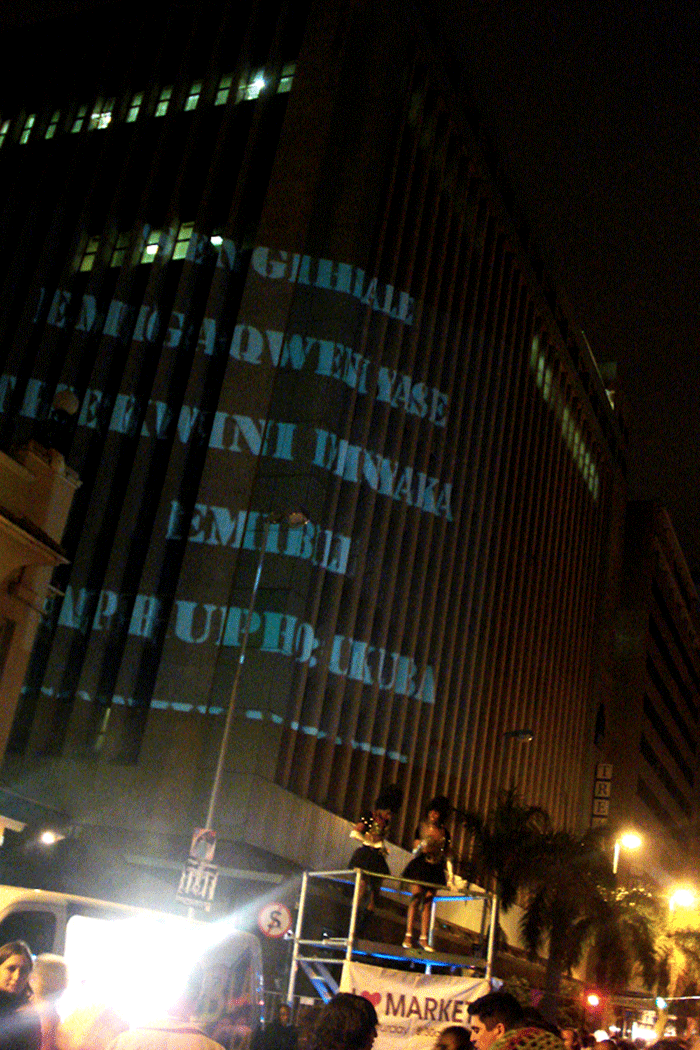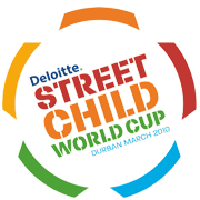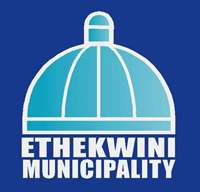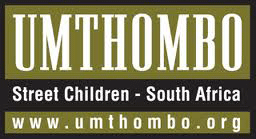Durban South Africa - Urban Interventions

Reclaiming territories through trans-disciplinary collaborative art practices
Is it possible to reclaim communal space using new media and provide access for alternative contributors?
This work took place
in Durban, South Africa during 2010, the site of the FIFA World Cup. Two
artistic projects took place:
-The Street Child World Cup, with the purpose to confront some of the
negative effects of the FIFA World Cup through a global event with alternative
outcomes. The Street Child World Cup was as much an art event as a football
event, with football tournament and art exhibitions.
- An artist led initiative shown at the Red Eye Festival - Body politic,
In both cases the artwork was made in collaboration with Mxolisi Sithole, resident artist with Umthombo Street Child Project and artist living in the Zulu township of Umlazi, other African artists, and street children of Durban. Sithole is founder of the the creative centre Ekukhoseleniarts, at Umlazi. The street children of Durban are the most marginalised community in terms of access to food, shelter and services... Additional questions around European and African aesthetics, cross-cultural and cross disciplinary activity were also addressed through the process. More images in previous section of this website.
The FIFA World Cup worked in partnership to market South Africa, itself, as a complete brand, Brand South Africa, 2010. De Certeau points out that culture is the domain of neocolonialism, 'it is the colonised world of the twentieth century', since it is here that the multinationals install their empires, in the same way that the European nations launched military occupations of unarmed continents in the nineteenth century.
The work addressed the question of how to engage alternative contributors. The Street Child World Cup exhibition ran throughout the FIFA World Cup. Street children showed visitors around the exhibition of work, which was made by artists and street children of eight countries. Red Eye event again included the voices of street children and Ekukhoseleni artists in the production within central Durban urban space. Texts in Zulu were projected large onto the government municipality buildings in the centre of Durban with quotes from those who had lived on the streets for many years.
The means of developing collaborative networks that generate benefits for marginalised communities have a wider significance. They create the potential to articulate ‘the cracks in the systems of power' by addressing the inherent inequality produced and allowing for active response. In my working method the process of temporary collaboration used cross cultural, cross-disciplinary techniques and two languages at each site.

![]()




